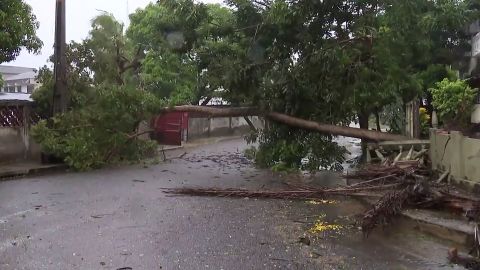Cyclone Freddy struck southern Malawi on Monday, leaving at least 99 people dead, according to Charles Kalemba, the country’s commissioner for disaster management affairs, who spoke to CNN.
According to Kalemba, the majority of the fatalities occurred in Blantyre, Malawi’s commercial center.
According to Kalemba, “We have recorded 99 persons dead in roughly seven councils, with Blantyre city as the highest with 85 dead and about 134 people in Blantyre alone hospitalized.” Kalemba made the statement to CNN on Monday night.
He said there could be more casualties and injuries.
The southern part of Malawi has been proclaimed to be in a “state of catastrophe” by the government.
The country’s President, Lazarus Chakwera, “has noted with grave concern the devastation that Cyclone Freddy is currently bringing to most districts in Malawi’s Southern region,” a government press release said.
“Accordingly, government is already responding to the emergencies, rendering urgent assistance to all affected districts, and appealing for local and international support for all the families affected by this disaster,” the statement continued.
Schools will remain shut in 10 of the worst affected districts until Wednesday, Malawi’s education ministry said in a statement Sunday.

Earlier on Monday, Malawi police spokesman Peter Kalaya told CNN the destruction caused by the storm had inundated roadways and triggered blackouts in the worst affected areas.
Kalemba said rescue efforts have been “tough”.
“We are still having a lot of rains coming down. We are now experiencing landslides, flash floods and stones rolling down some hills. Because of the weather, rescue efforts are not easy. Some of the places we have to go and rescue people, it’s not easy to get there. It’s tough but we are making sure we do the job that we need to do,” he said.
The deadly Cyclone Freddy has broken records for the longest-lasting storm of its kind and has struck neighboring Mozambique and also Madagascar, killing more than 20 people and displacing thousands of others across both countries.
It has been described as a “very rare” storm by the World Meteorological Organization (WMO), which called its journey so far “incredible and dangerous.”

